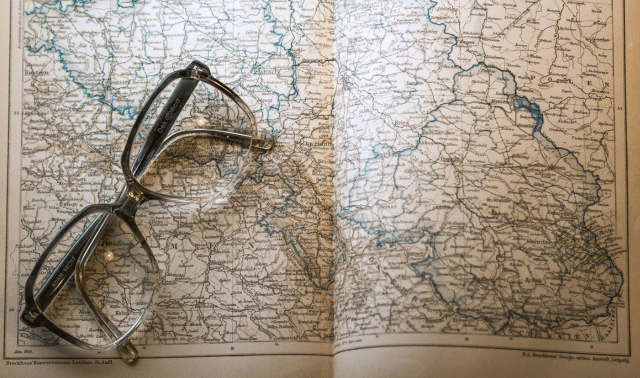Sign up for the Family Tree Newsletter! Plus, you’ll receive our 10 Essential Genealogy Research Forms PDF as a special thank you.
Get Your Free Genealogy Forms
"*" indicates required fields
Your quest to trace your roots to the old country begins with identifying and documenting the immigrant generation. The majority of Czech and Slovak immigrants arrived before the 20th-century political upheavals. That includes approximately 400,000 Czechs and some 620,000 Slovaks who flocked to America’s shores between 1850 and 1914 — some sought better economic and social conditions; others wanted to avoid political persecution or conscription into the Austrian army.
Pre-Civil War Czech immigrants were farmers who settled in Iowa, Illinois, Texas, Wisconsin, Nebraska and the Dakotas; those who arrived after the Civil War opted for larger industrial or mining areas. Slovak immigrants began arriving en masse in the 1880s and sought employment in American factories, mines and mills in cities such as Chicago, Cleveland and Pittsburgh.
Not all Czech and Slovak immigrants intended to settle in the United States permanently — some planned to stay only until they could earn enough money to purchase land back home. These “birds of passage” sometimes returned several times before settling in America for good. So be sure to look for immigrant ancestors on multiple passenger arrival and departure lists.
Like many ethnic groups, Czechs and Slovaks also followed the pattern of “chain migration”: Immigrants often set out for America to join relatives or old-country neighbors who were already there. In particular, a husband might come over first, then send for his wife and children later, or a family might “sponsor” the trips of aunts, uncles and cousins as they could afford it. For that reason, you should take note of your ancestors’ neighbors in census, church, immigration and tax records here — the families might have a connection back home.
You’ll need to consult US records, family papers and finding aids such as Leo Baca’s Czech Immigration Passenger Lists (check your library) to pinpoint your family’s date and port of immigration. The National Archives and Records Administration (NARA) keeps passenger arrival lists for US ports; you can get them on microfilm at its Washington, DC, headquarters, its regional facilities, large public libraries and the Family History Library (FHL) in Salt Lake City. You also can rent them for viewing at the FHL’s branch Family History Centers (FHCs). To order copies of specific passenger list pages from NARA, click To Obtain Copies for instructions.
You’ll find passenger lists online, too. Search Ellis Island’s massive database for ancestors who entered through the Port of New York between 1892 and 1924. Stephen Morse’s Ellis Island search forms let you comb the official database for a surname or town that “sounds like” your ancestors’. If you’re willing to pay for a subscription, you can search selected passenger lists from other ports with Ancestry.com’s US membership.
Some US-bound Czechs and Slovaks came through Canada, so if you can’t find evidence of your ancestors arriving through a US port, check border-crossing records. The United States began keeping them in 1895; you can view them on microfilm at NARA, its regional facilities, the FHL and FHCs. You’ll find background on Canadian census, immigration and vital records on the Library and Archives of Canada Web site.
Because your ancestors may have traveled indirectly to their final destination, you should search records from both the port of arrival and, when available, the port of departure. Czechs and Slovaks embarked primarily from three European ports: Bremen and Hamburg, Germany, and Antwerp, Belgium.
The Hamburg State Archives has preserved that port’s passenger lists, which include the “direct” records of those sailing straight to America and the “indirect” lists of people who changed ships en route. Search both so you don’t overlook your ancestor.
You can access these records online at Ancestry.com. The FHL has the complete set of records on microfilm. To find them in the catalog, do a keyword search for hamburg passenger lists and select the Auswanderlisten, 1850-1934 entry.




